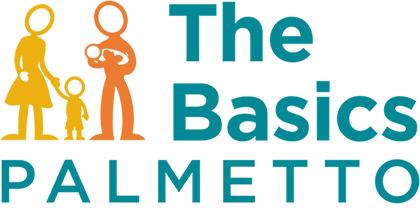COUNT Count with your toddler. Move to bigger numbers as they get the hang of it. Young children learn through all of their senses, so have them point to and touch the objects you count.
ADD AND SUBTRACT Explore what happens when you add or take away items from a group. “You have three crackers. How many will you have if you eat one?”
NAME SHAPES Look for shapes around you. “The clock is a circle. Do you see any other circles?” This could be a fun game when you are out doing errands.
MATCH AND SORT Make a game of matching and sorting objects into groups. Your child can match and sort items by their shape, color, size, or other features.
COMPARE SIZES, AMOUNTS, AND WEIGHTS For example, describe things as “large, small, light,” or “heavy.” Ask you child which objects are larger or smaller.
PUT THINGS IN ORDER Practice putting things in order. For example, your child could arrange dolls from smallest to largest, youngest to oldest, or heaviest to lightest. See what other categories they come up with!
MAKE MATH PART OF LIFE Math plays a part in life even when we don’t realize it. For example, to prepare dinner, you measure ingredients, set the oven timer, and count plates. Find ways to let your child help.
USE MUSIC Clap and dance with your child. Your child will be learning about patterns while having fun.
